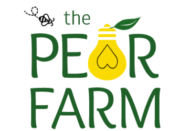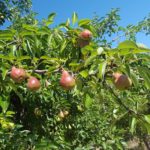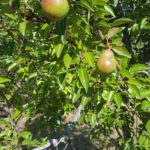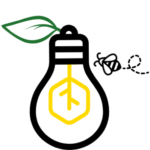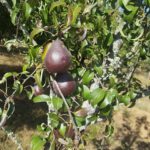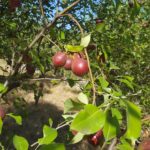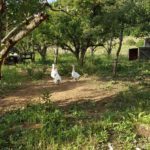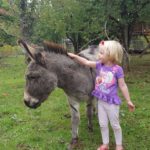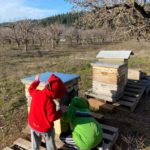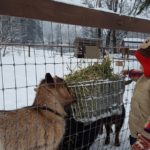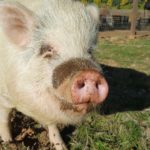Our homestead dates back to 1908. The old farmhouse was built by the Woolpert family, who migrated from the midwest to capitalize on the “fruit boom” happening in the Columbia River Gorge. It is a classic post-Victorian American Foursquare, and we think it might be a “kit home” such as those produced by Sears and Montgomery Ward. The Woolpert family originally cultivated 200-300 acres of surrounding orchard. The land has been gradually subdivided and put to other uses over the decades. Our 13 acres remain.
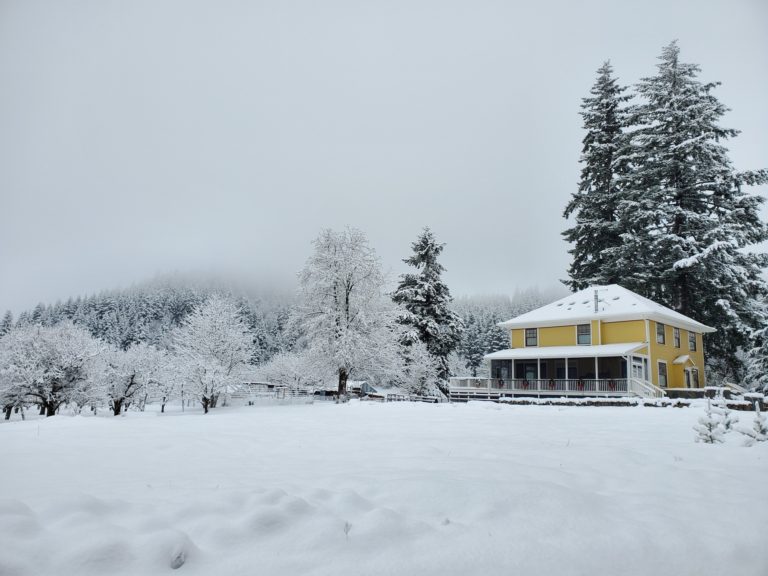
The lands & rivers here were originally home to Native American tribes including the Klickitat, Watlala, Wishram, and Yakama. These communities were displaced to reservations as white Americans and Europeans recognized the value of land & rivers in the Columbia River Gorge for farming, timber, and transportation. As the current tenants on this spot of Earth, we try to remember this history and give back for prior transgressions in the ways we can. We try to live gently, knowing we are constantly learning and evolving.
We have 4 acres of “very vintage” pear orchard. The trees represent multiple varieties and were likely planted in the 1970s or 1980s. Our orchard is currently no-spray non-certified organic, and it is not used commercially. Thus, the fruits have flaws, but they are tasty and natural. We welcome neighbors and visitors to help themselves in u-pick fashion, and we donate fruit to our local food bank through gleaning.
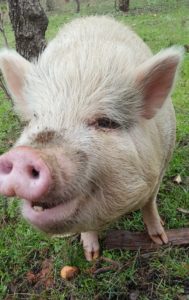
We believe that farming & agriculture are beneficial innovations for human survival, but we recognize that, even with good intentions, farms often contribute to mistreated or discarded animals and abused land. For our trees, cultivated by those who came before us, we try to be decent stewards such that they may live out their natural lives with only low-impact human interventions. We use our land to provide refuge for senior or discarded animals. Our goal is a sort of self-sustaining symbiosis, where the trees thrive from the pest-control and fertilizer provided by the animals, and the animals have a safe haven to live in agreement with their natural behaviors.
